





 |
 |
 |
 |
 |
 |
| Brooks Rownd | profile | all galleries >> Hawai'i >> Hawaiian Flora and Fauna >> Hawaiian Birds >> Palila | tree view | thumbnails | slideshow |
The palila is an endangered honeycreeper which feeds on the fruits, flowers and parasites of mamane and naio trees, high on the dry slopes of Mauna Kea. This habitat was severely degraded by over a century of deforestation, ranching and uncontrolled grazing by feral sheep, goats and cattle, until at present only a small remnant palila population remains on the remote southwest slopes of Mauna Kea. Grazing damage to young mamane trees by mouflon sheep, recently introduced for sport hunting, continues in large portions of the palila's remaining range on Mauna Kea. This reduces the number of new mamane trees that replace older generations of trees as they die out. Habitat restoration efforts have improved some of the mamane forest at in the core of the palila's remaining habitat, but much of its range receives only limited protection from continued damage by the sheep, despite decades of federal court orders demanding that the habitat be protected. Fire is also a serious threat, as the palila only exists in a single small and extremely dry location that is being invaded by fire-adapted weeds. A captive breeding program is also underway, and the State is attempting to establish a second palila population on the North slope of Mauna Kea.
The only natural wild population of palila currently lives on the southwestern slopes of Mauna Kea, where these Palila were photographed, from 6500 to 10000 feet elevation in Kaohe GMA and the Mauna Kea State Forest Reserve. The manane-naio forest has a greater extent in elevation at this location, compared to other parts of the mountain where ranching has destroyed the middle elevation forests. Before polynesian settlement palila once had a much more widespread distribution, and lived on several islands including O'ahu and Kaua'i.
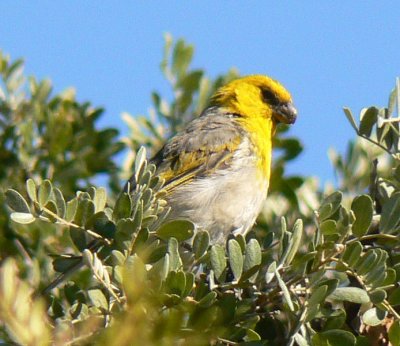 Palila |
 Palila |
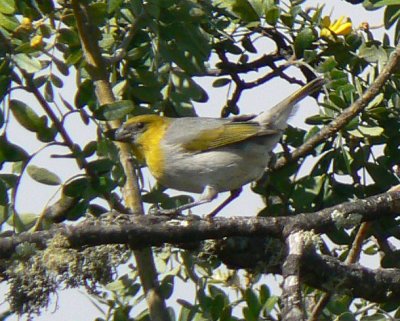 Palila |
 Palila playing in the Mamane |
 Palila |
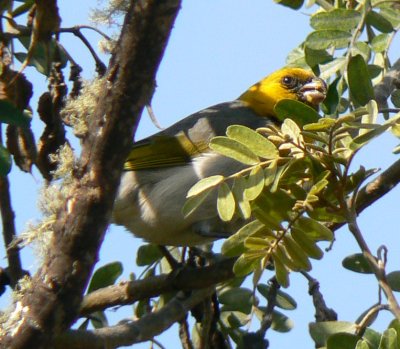 Palila |
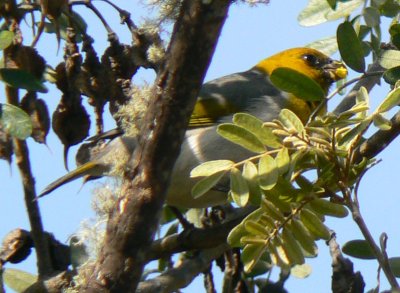 Palila |
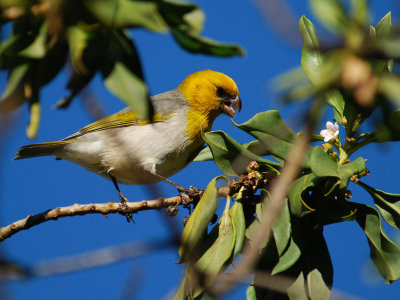 Palila |
 Palila |
 Palila |
 Palila |
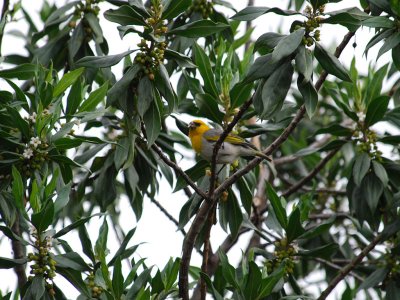 Palila Feeding On Naio Fruit |
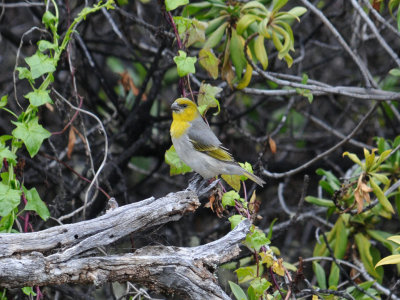 Palila |
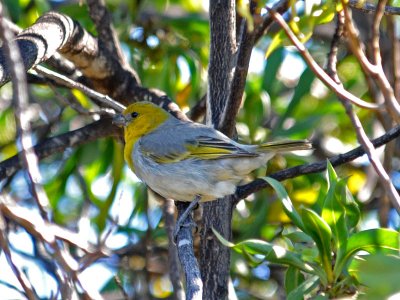 Palila |
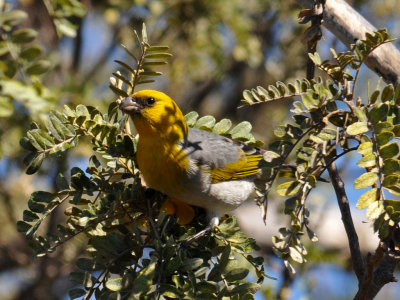 Palila |
 Palila |
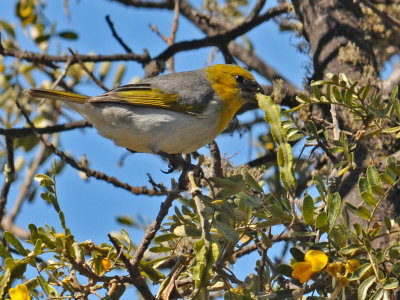 Palila Chow |
 Palila |